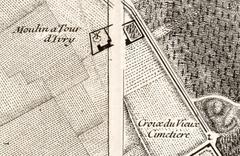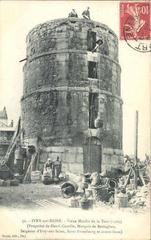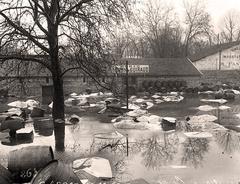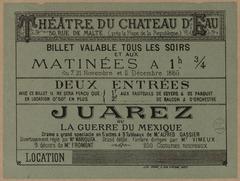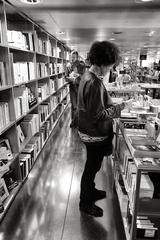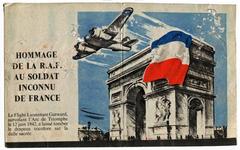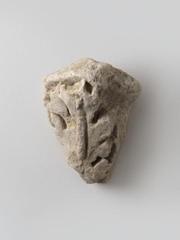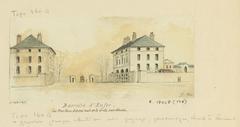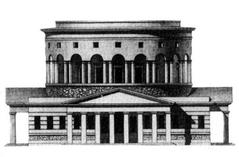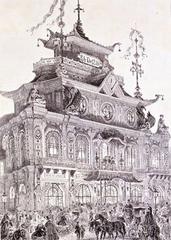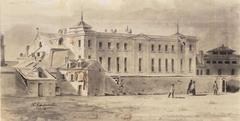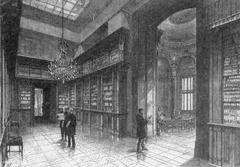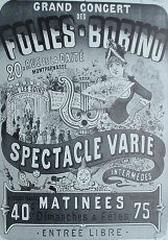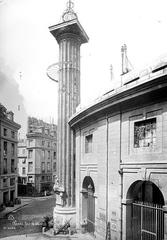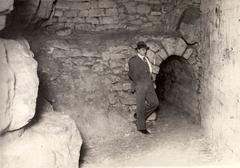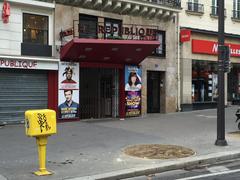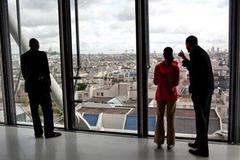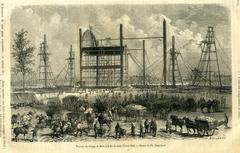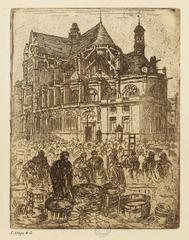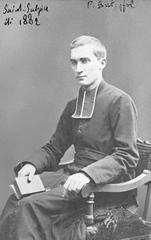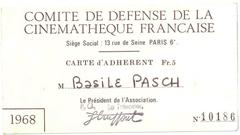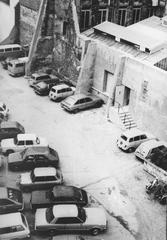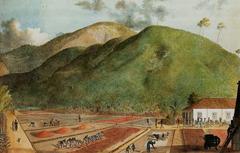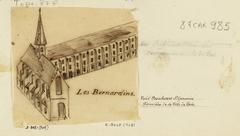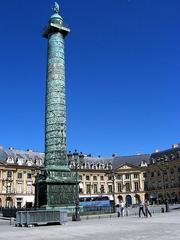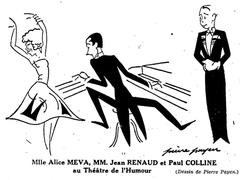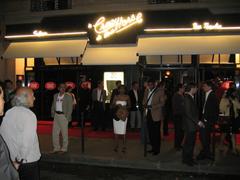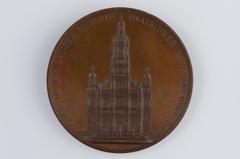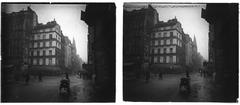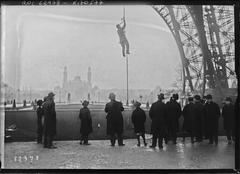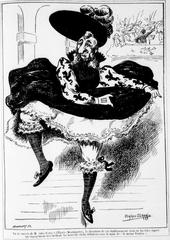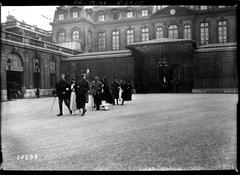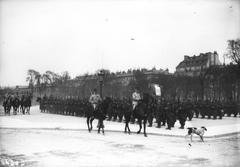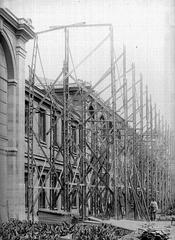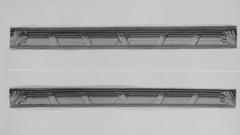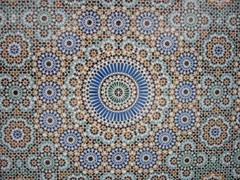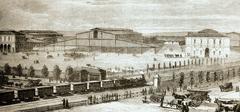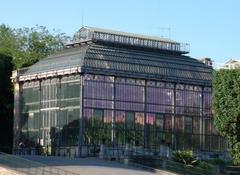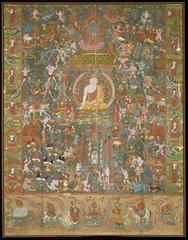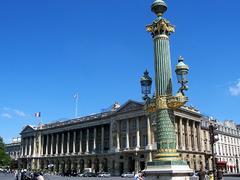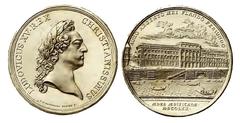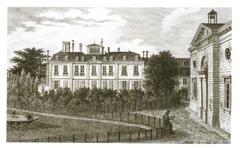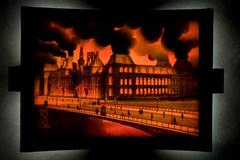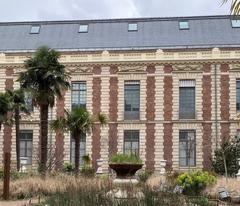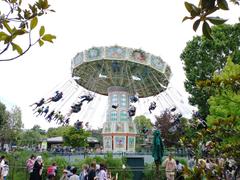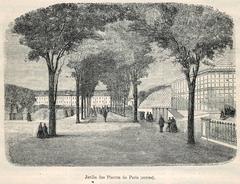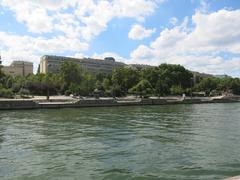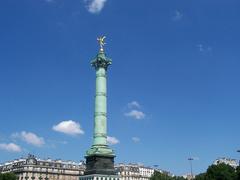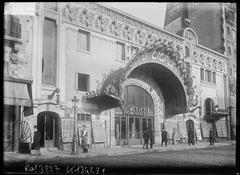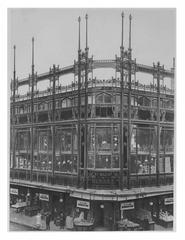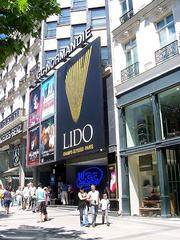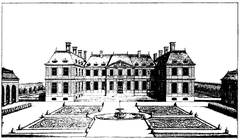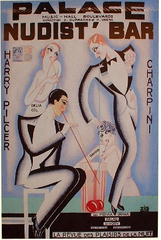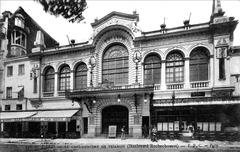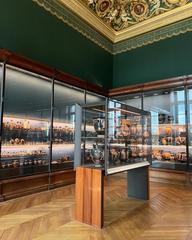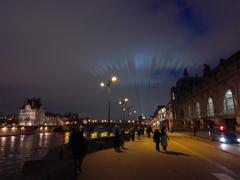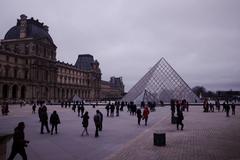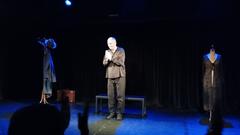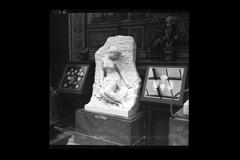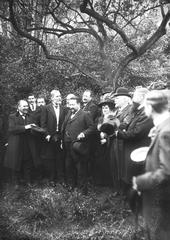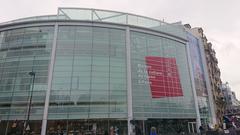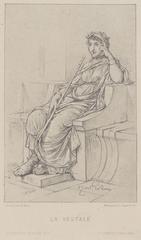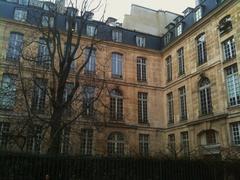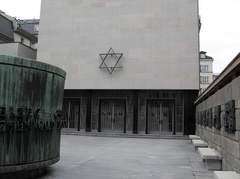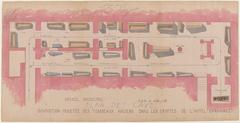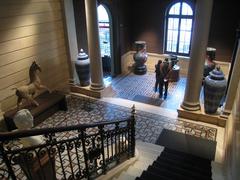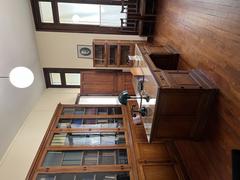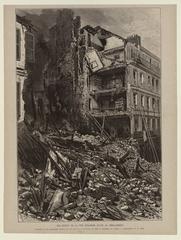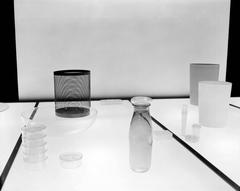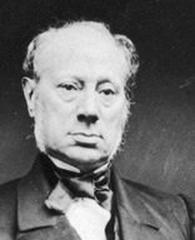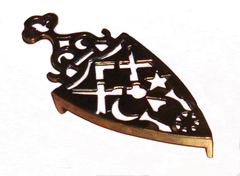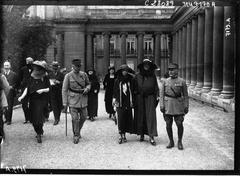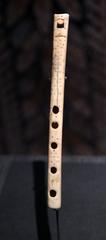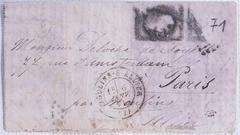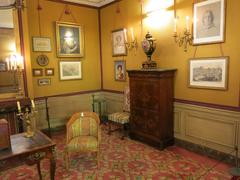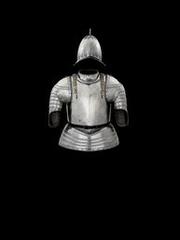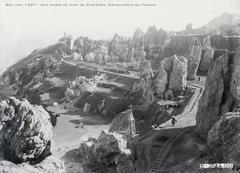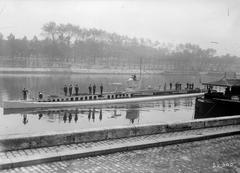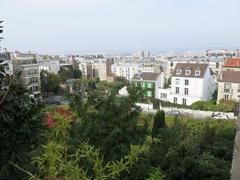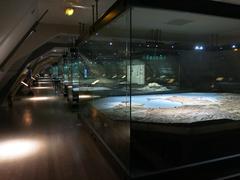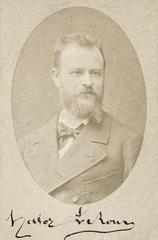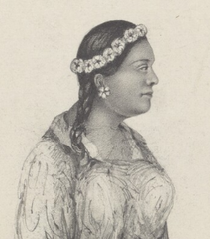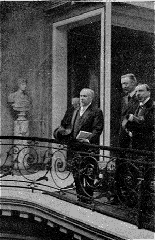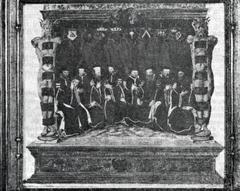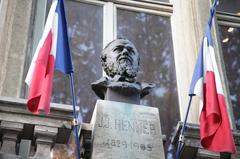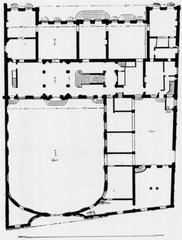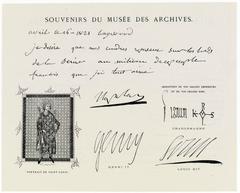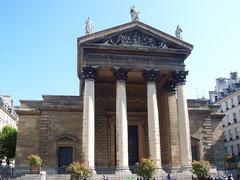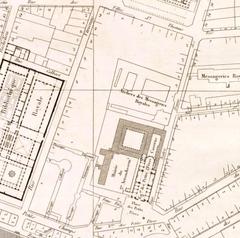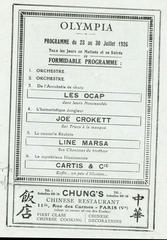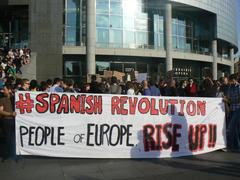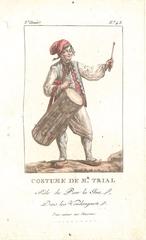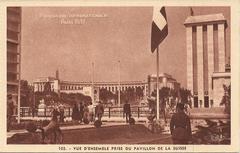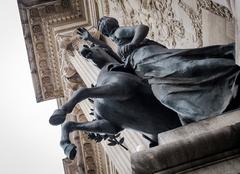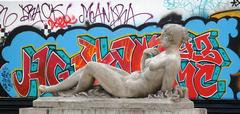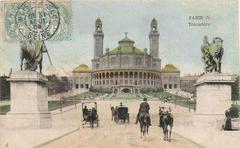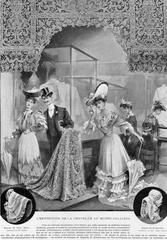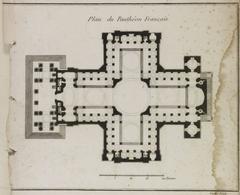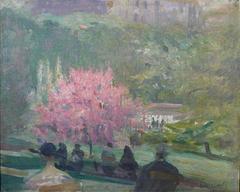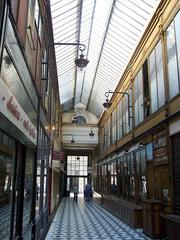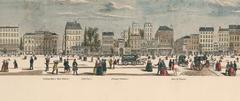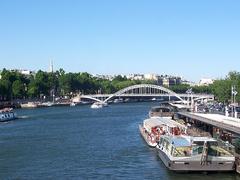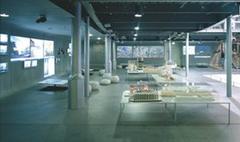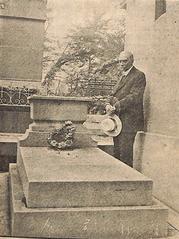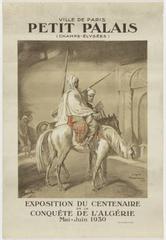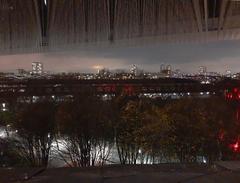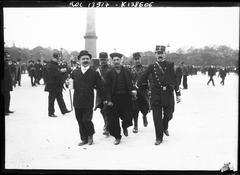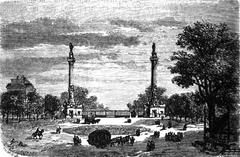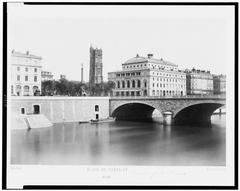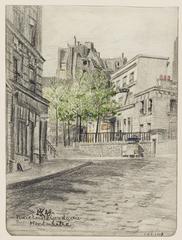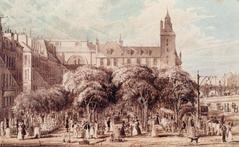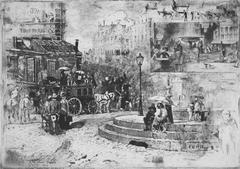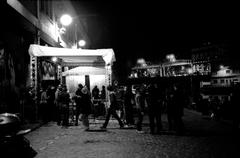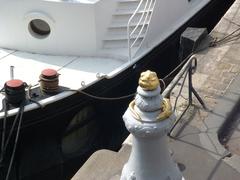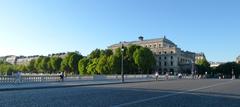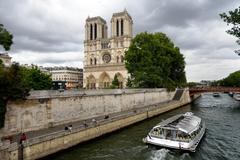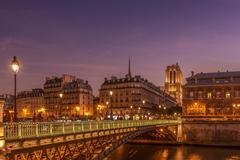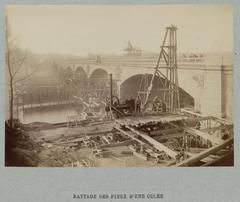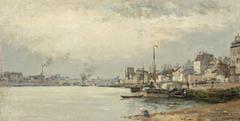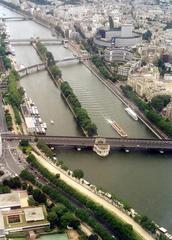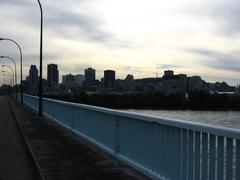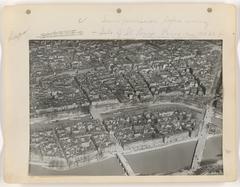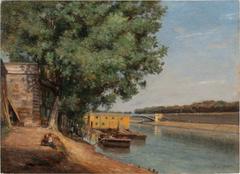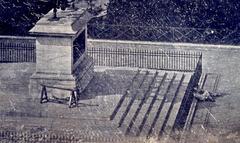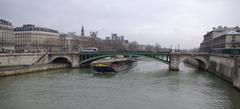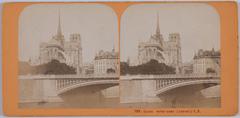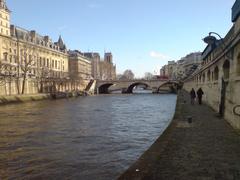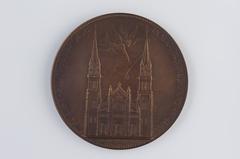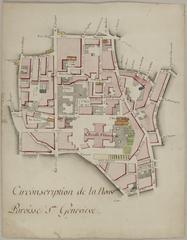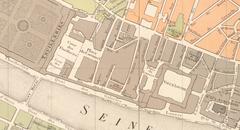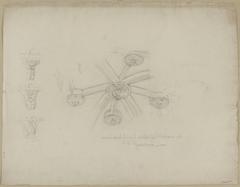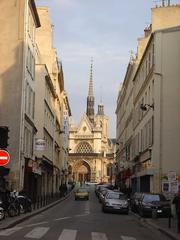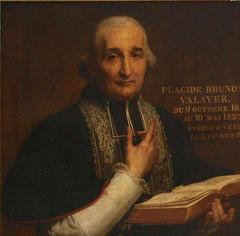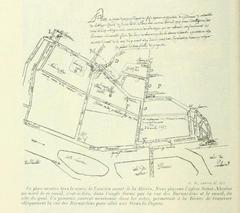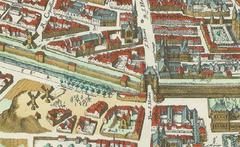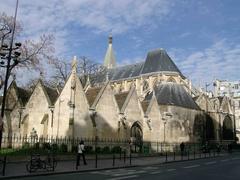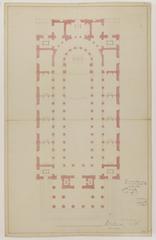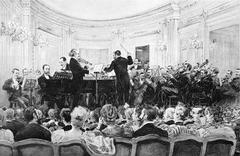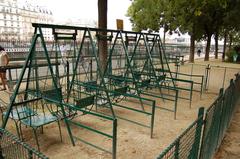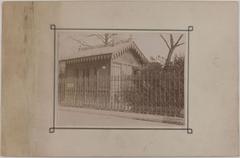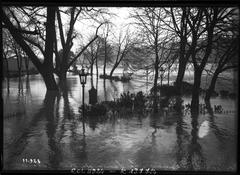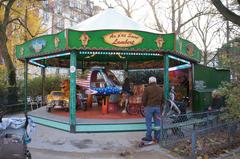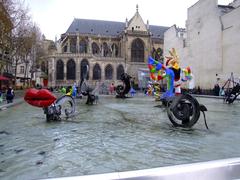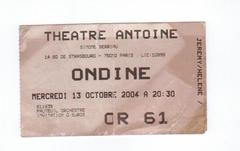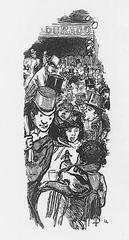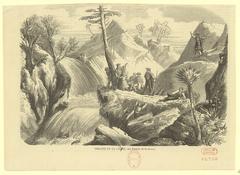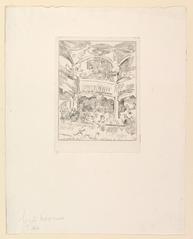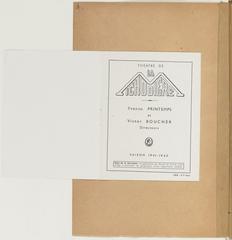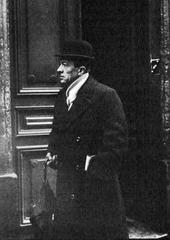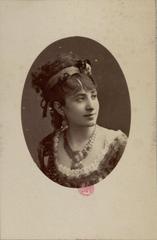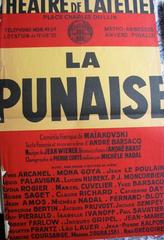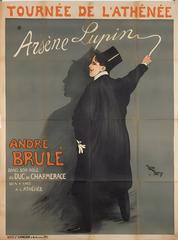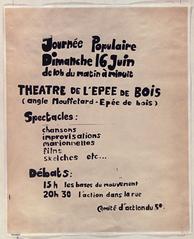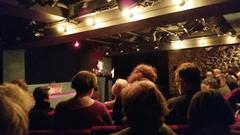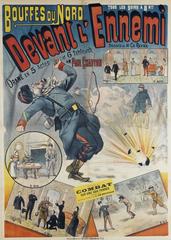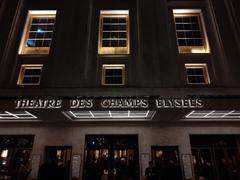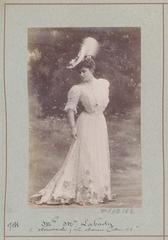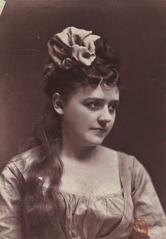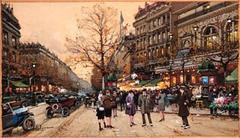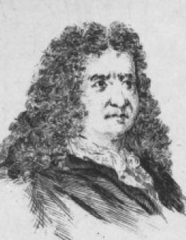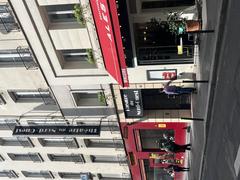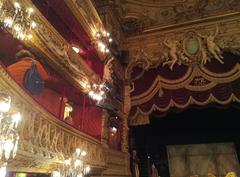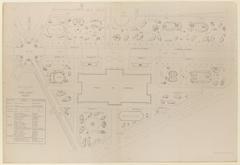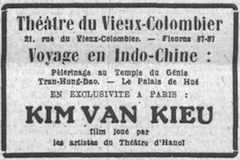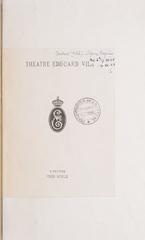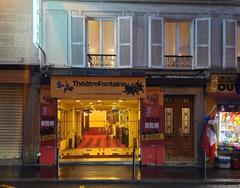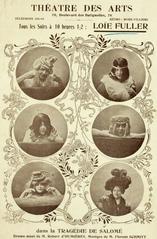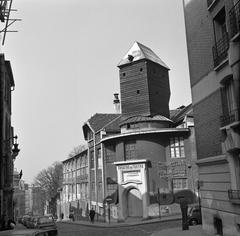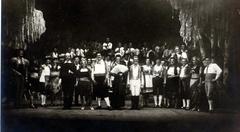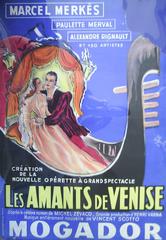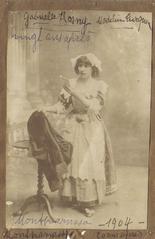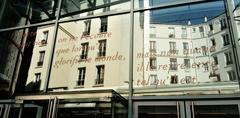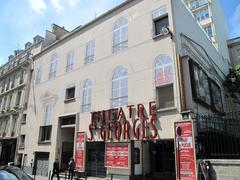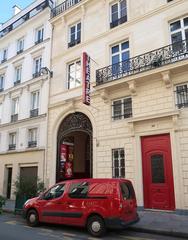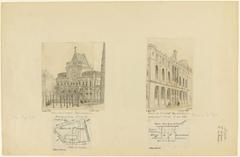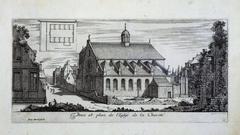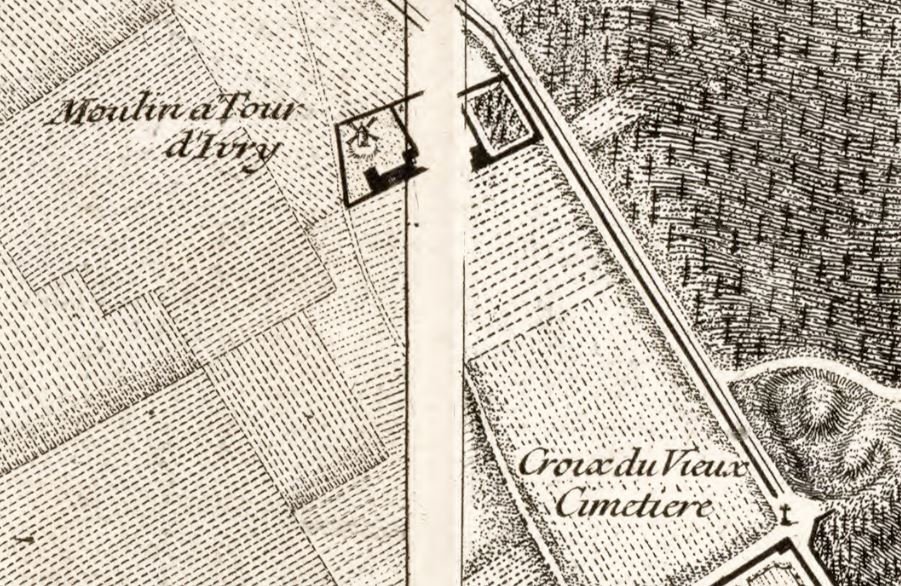
Comprehensive Guide to Visiting Moulin Rouge Paris France: History, Significance, Visitor Tips, and Everything Tourists Need to Know for a Memorable Experience
Date: 01/08/2024
Introduction
The Moulin Rouge is more than just a cabaret; it is a symbol of Parisian culture, history, and entertainment. Located at the foot of Montmartre, the Moulin Rouge has been captivating audiences since its inception in 1889, when founders Joseph Oller and Charles Zidler opened its doors with the ambition to create a venue dedicated to entertainment for a diverse public (Paris City Vision). The cabaret quickly gained fame through its introduction of the French Cancan, a dance characterized by high kicks and frills that scandalized and thrilled spectators alike (Frenchly). During the Belle Époque, a period of cultural flourishing, the Moulin Rouge became a hotspot for entertainment, attracting both middle-class and high-society patrons. Its unconventional architectural style and extravagant decorations, immortalized by artists such as Henri de Toulouse-Lautrec, added to its allure (Paris Insiders Guide).
Over the years, the Moulin Rouge has hosted legendary performances by artists like Edith Piaf, Yves Montand, and Frank Sinatra, and has undergone several transformations to remain a premier entertainment destination (Paris Top Ten). Today, it continues to draw visitors from around the world with its dazzling shows, such as ‘Féerie,’ which features 80 artists and retraces the cabaret’s storied history. Its cultural impact extends beyond performances, influencing art and popular culture, and solidifying its status as a symbol of Parisian style and sophistication (Frenchly). This comprehensive guide will delve into the rich history of the Moulin Rouge, provide practical information for visitors, and explore its lasting cultural significance.
Table of Contents
- Introduction
- History of the Moulin Rouge
- Visitor Experience and Practical Information
- FAQ Section
- Conclusion
- References
History of the Moulin Rouge
Origins and Founders
The Moulin Rouge, an iconic symbol of Parisian nightlife, was founded in 1889 by Joseph Oller and Charles Zidler. Located at the foot of Montmartre, the cabaret opened its doors on October 10, 1889, with the ambition to create a venue dedicated to entertainment for a diverse public. The founders envisioned a place that was ‘more luxurious, bigger and more elegant’ than any other at the time (Paris City Vision).
The Birth of the French Cancan
The Moulin Rouge quickly gained fame due to its introduction of the French Cancan, a dance that debuted on its opening night. Originally known as the quadrille, the French Cancan featured revolutionary movements, high kicks, and frills that scandalously lifted to reveal the dancers’ legs and underwear. This dance shocked the public and became synonymous with the cabaret, attracting both middle-class and high-society patrons (Frenchly).
Belle Époque and Early Success
During the Belle Époque, a period of cultural flourishing in Paris following the Franco-Prussian War, the Moulin Rouge became a hotspot for entertainment. The cabaret’s unconventional architectural style and extravagant decorations, including a giant elephant in the garden, drew crowds eager to experience its champagne-filled parties and famous dancers. The venue’s reputation was further solidified by the works of artists like Henri de Toulouse-Lautrec, who created its famous posters (Paris Insiders Guide).
Controversies and Notable Performances
The Moulin Rouge has not been without its controversies. In 1906, the cabaret faced potential closure after a performance by Colette, which featured a long kiss between her and fellow performer Missy, caused a sensation. Despite such controversies, the cabaret continued to thrive, hosting performances by legendary artists such as Edith Piaf, Yves Montand, and Frank Sinatra (Paris Top Ten).
Transformations and Renovations
The Moulin Rouge underwent several transformations throughout its history. After closing in 1902, it reopened as a concert theater and later became a nightclub in 1937. In 1951, the cabaret was renovated with a new auditorium decorated in Belle Époque style. This renovation marked the beginning of a new era for the Moulin Rouge, with the introduction of big-time shows and revues, starting with ‘Frou-Frou’ in 1963 (Paris City Vision).
The Modern Era and Global Fame
Today, the Moulin Rouge continues to be a premier destination for entertainment in Paris. The current show, ‘Féerie,’ features 80 artists, including 60 Doriss Girls, and retraces the cabaret’s history through a series of dazzling performances. The venue’s international reputation has been bolstered by its depiction in various forms of art, including paintings, films, and music. Notable films include John Huston’s ‘Moulin Rouge’ (1952) and Baz Luhrmann’s ‘Moulin Rouge!’ (2001), which was later adapted into a theatrical production in 2019 (Frenchly).
Cultural Impact and Legacy
The Moulin Rouge’s cultural impact extends beyond its performances. It has been immortalized in art by figures such as Henri Toulouse-Lautrec and Jules Chéret, and its influence can be seen in various aspects of popular culture. The cabaret’s legacy is also reflected in its status as a symbol of Parisian culture, history, and style. Visitors to the Moulin Rouge are treated to a night of unforgettable entertainment, surrounded by the elegance and sophistication that has made Paris famous (Paris Top Ten).
Visitor Experience and Practical Information
Visiting the Moulin Rouge is a must for anyone exploring Paris. Here are some practical details to help you plan your visit:
Tickets and Packages
Due to high demand, it is essential to book tickets in advance. The cabaret offers a variety of packages, including dinner shows with classic French cuisine and champagne. Ticket prices range from €87 for the show only to €420 for VIP packages that include dinner and premium seating. For more details, visit the official Moulin Rouge website.
Moulin Rouge Visiting Hours
The Moulin Rouge typically has two shows every evening, one at 9 PM and another at 11 PM. Dinner is served at 7 PM followed by the show. Special holiday shows may have different timings, so it is advisable to check the schedule on the official website.
Travel Tips and Nearby Attractions
The Moulin Rouge is located at 82 Boulevard de Clichy, 75018 Paris, near the Blanche metro station (Line 2). Nearby attractions include the Sacré-Cœur Basilica, Montmartre district, and the Dali Museum. Consider spending a day exploring Montmartre before heading to the evening show.
Accessibility
The Moulin Rouge is wheelchair accessible, and assistance is available for those with mobility issues. Visitors are encouraged to contact the venue in advance to make necessary arrangements.
Photography and Dress Code
Photography is not allowed during the show, so visitors are encouraged to capture their memories before and after the performance. The dress code is elegant attire, reflecting the venue’s sophisticated atmosphere.
FAQ Section
What are the opening hours of the Moulin Rouge?
The Moulin Rouge typically offers two shows each evening, at 9 PM and 11 PM. Dinner is served at 7 PM. Check the official website for special holiday timings.
How much do tickets to the Moulin Rouge cost?
Ticket prices range from €87 for the show only to €420 for VIP packages that include dinner and premium seating.
Is the Moulin Rouge accessible?
Yes, the Moulin Rouge is wheelchair accessible. Assistance is available for those with mobility issues.
What is the dress code for the Moulin Rouge?
The dress code is elegant attire, reflecting the venue’s sophisticated atmosphere.
Conclusion
The Moulin Rouge remains a living piece of Parisian history, a testament to the city’s enduring love for the arts and its knack for reinvention. Whether you are a history buff, an art enthusiast, or simply looking for an unforgettable night out, the Moulin Rouge offers a unique and captivating experience that is quintessentially Parisian. From its origins in 1889 as a groundbreaking cabaret introducing the French Cancan, to its current status as a global icon of entertainment, the Moulin Rouge has continuously evolved while preserving its rich heritage. Visitors today can enjoy a range of show packages, including elegant dinners that complement the visual spectacle of performances like ‘Féerie’ (Paris City Vision). The venue’s commitment to high artistic standards and its vibrant atmosphere make it a must-visit destination in Paris (Paris Top Ten).
In addition to its mesmerizing shows, the Moulin Rouge’s location in the Montmartre district offers visitors the opportunity to explore nearby cultural landmarks such as the Sacré-Cœur Basilica and the Dali Museum (Paris Top Ten). The blend of historical charm and modern entertainment ensures that every visit to the Moulin Rouge is a memorable one. For the latest updates, showtimes, and ticket information, be sure to visit the official Moulin Rouge website, and follow them on social media for more updates.
References
- Paris City Vision. (n.d.). Moulin Rouge Cabaret History. Retrieved from Paris City Vision
- Frenchly. (n.d.). How the Moulin Rouge Became the Most Famous Cabaret in the World. Retrieved from Frenchly
- Paris Insiders Guide. (n.d.). Moulin Rouge Paris History. Retrieved from Paris Insiders Guide
- Paris Top Ten. (n.d.). Tours of the Moulin Rouge. Retrieved from Paris Top Ten
